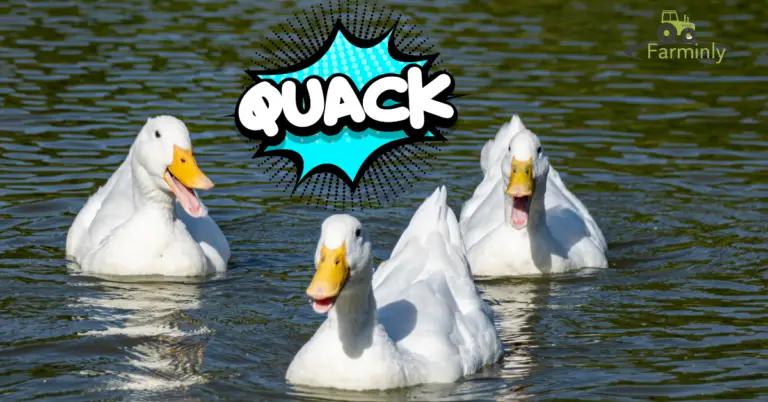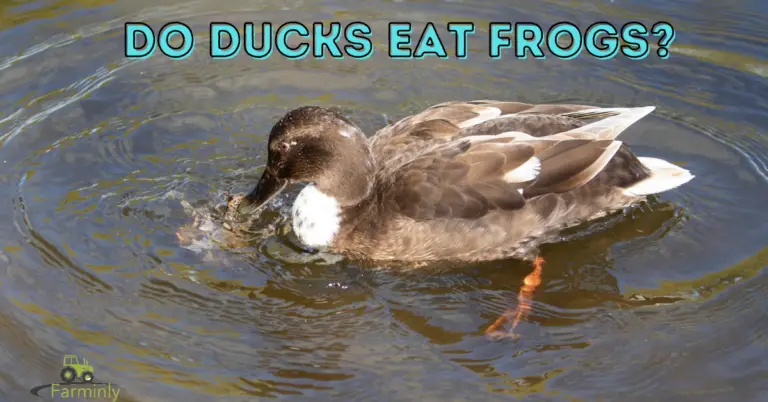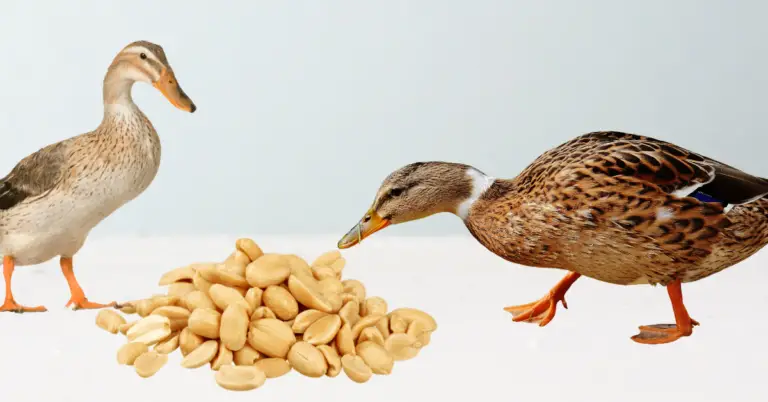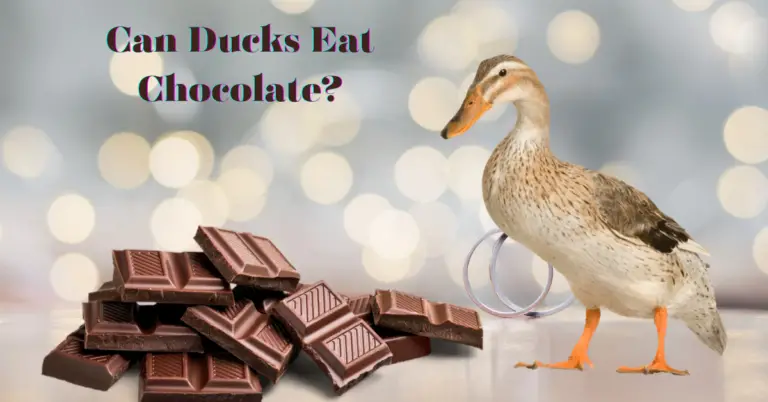Ducks are intriguing animals that live in various aquatic habitats, including lakes, ponds, rivers, and marshes. The head-bobbing motion of ducks is one of their distinctive actions that draws people’s interest.
Ducks bob their heads rhythmically while they swim, as you may have observed if you’ve ever observed them swim. This behavior is fascinating, and ducks benefit significantly from it.
In this article, we’ll look into why ducks dip their heads in the water, discussing how it aids communication, finding food, and maintaining balance. So, if you’re wondering why ducks engage in a lot of head bobbing, read on to learn the interesting explanations behind this habit.
Types of Duck’s Head Bobbing Movements
Ducks may demonstrate various head-bobbing behaviors, each with a distinct function and significance. Here are a few types of head-bobbing movements:
- Navigational Head Bobbing: Ducks frequently bob their heads upward and downward in time with their breathing while swimming. This movement aids them in navigating their surroundings and judging distances.
- Agonistic Head Bobbing: Male ducks may exhibit quick, agitated head-bobbing behavior during hostile interactions with other ducks to establish dominance and scare their adversary.
- Food-Seeking Head Bobbing: Ducks dip their heads in water while looking for food. Ducks will swiftly dip their heads into and out of water or dirt as they forage on land or in shallow water in search of delectable treats.
- Sleeping Head Bobbing: Ducks bob their heads upwards and downwards as they float with the flow when they relax or sleep on the water.
- Courtship Head Bobbing: Several duck species, including the Bufflehead, use a head-throwing gesture during mating season. The male duck does this by gliding in circles all around the female while swaying his head backward and forward.
Why do ducks dip their heads in water?
Ducks are fascinating creatures, often swimming in ponds, rivers, and lakes. You might notice that they bob their heads if you have observed them often.
This curious behavior of ducks puzzles many people, but there are several reasons why they do so. Ducks tilt their heads in water for several reasons, including:
1. Balance

Ducks dip their heads in water to maintain their balance. When ducks swim or walk, they must keep their balance to avoid tipping over. They can adjust their center of gravity and maintain their balance by bobbing their heads.
2. Communication
Ducks are social animals that use body language to communicate with each other. Head bobbing is one way they convey their intentions to other ducks.
For example, a male duck might bob his head to signal his interest in a female. In addition, a duck might bob its head to establish dominance over another duck.
3. Flirting

Ducks are quite flirtatious! Drakes emerge from the water while flicking water or playing nip, shaking their tail and head. They swim around while stretching their neck.
Often, both sexes will bob their heads up and down in each other’s direction in an attempt to flirt. Furthermore, females flatten their bodies on the water’s surface in a mating position.
4. Feeding

Ducks are omnivorous animals that feed on various food, including plants, insects, and small fish. While feeding, they often dip their heads underwater to search for food. This way, they can locate and grab prey by bobbing their heads, such as insects or small fish.
Ducks often feed by dabbling, dipping their head underwater to search for food. Although it’s no secret that ducks adore the water, did you realize they can’t eat without it? You might notice that your ducks alternate between dipping their bills into the water and grabbing a billfold of food.
They aren’t doing it to waste food or make a big mess. To help their food break down, ducks must dip it in water. If they were to consume a lot of feed without any water to go with it, the feed would sit in their crop and swell up when they drank again, choking them.
5. Vision
One of the main reasons why ducks bob their heads is to improve their vision. Ducks have monocular vision, meaning each eye can see a different image.
By bobbing their heads, they can better view their surroundings and improve their depth perception. Their eyesight is particularly important when searching for food or spotting predators.
Other Duck Behaviors
Ducks are peculiar for their quirky and amusing behavior but also fascinating social creatures. Whether in the wild or on a farm, ducks exhibit various social behaviors integral to their survival and well-being.
From forming pairs and families to communicating with each other, ducks’ social behavior is intricate and fascinating. Some of their social behavior include:
1. Dancing
Although not generally considered lively, ducks may create a lot of noise while swimming. Except for the male mallard, female ducks often dance in groups.
A few ducks may often get seen swimming into a group, turning, and then swimming off again. They may even fly overhead! Both male and female ducks often engage in this behavior, which occurs when the birds are enthusiastic or curious.
2. Doing a Headstand
Also, to the typical head-bobbing activity some ducks exhibit, there are some unusual head movements. Ducks, like many other birds and mammals, will take a “headstand” to show their dominance over another animal or if they feel threatened.
But, there is a fundamental fact you should be aware of in these uncommon instances. If a duck exhibits this behavior, it is not afraid of anything. It also means that they have never done this before and have a good chance of surviving any threat that might attack them.
3. Homing
Several species of ducks engage in the interesting social phenomenon known as homing. It describes their capacity to migrate or travel large distances and then return to a certain territory or breeding spot.
Ducks use homing as a crucial survival tactic because it enables them to migrate to secure, comfortable homes where they can reproduce and rear their young.
For instance, ducks may identify their home region and find their way when migrating using visual landmarks, olfactory cues, or auditory signals. To find the path back to their nesting place, they may also rely on their recollection of prior migrations or the actions of several other ducks in their flock.
4. Stalking
Several ducks engage in stalking, a social behavior, especially during the courting and breeding seasons. This behavior entails a male duck swimming continuously and closely after a female, sometimes even pursuing her.
While stalking might seem violent, it is a normal and crucial component of the courting process for many species of ducks. The male attempts to woo the female and persuade her to reproduce with him while engaging in stalker behavior.
To get the female’s attention and communicate his intentions, he may also engage in various additional actions, including vocalizations, head bobbing, and wing flapping.
Conclusion
Head bobbing is a natural behavior for ducks and is an integral part of their daily activities. Ducks bob their heads for various reasons. These include vision, balance, communication, and feeding.
This behavior is natural and essential for their survival. Now that you know this, take a moment to appreciate their fascinating behavior and why they bob their heads.







